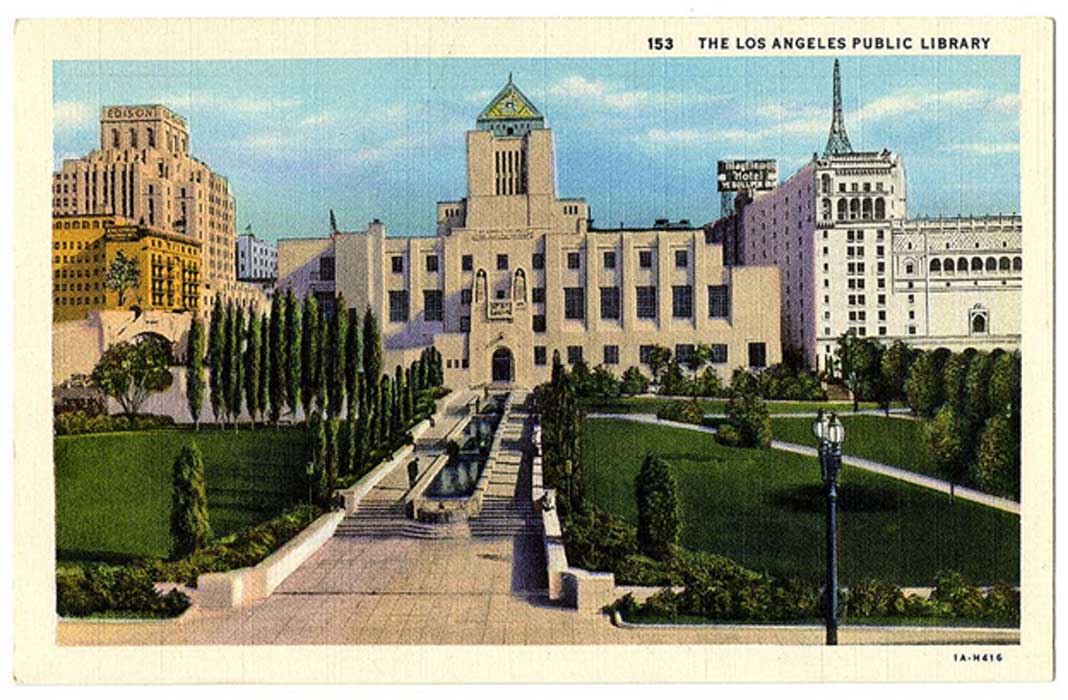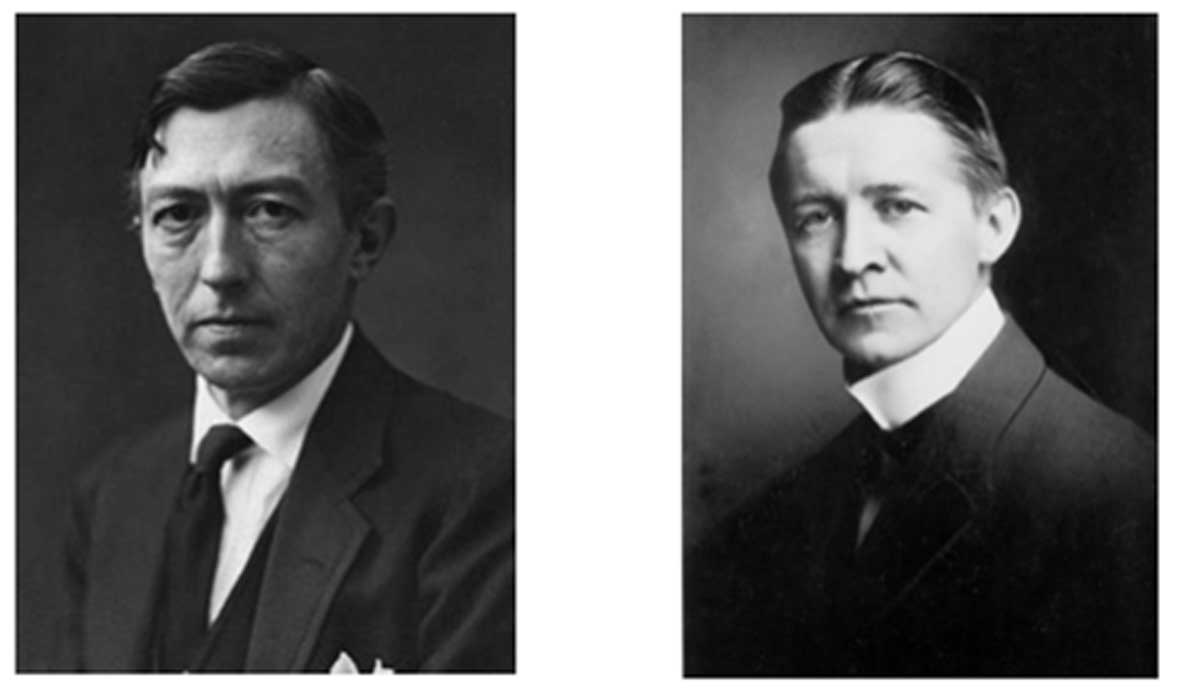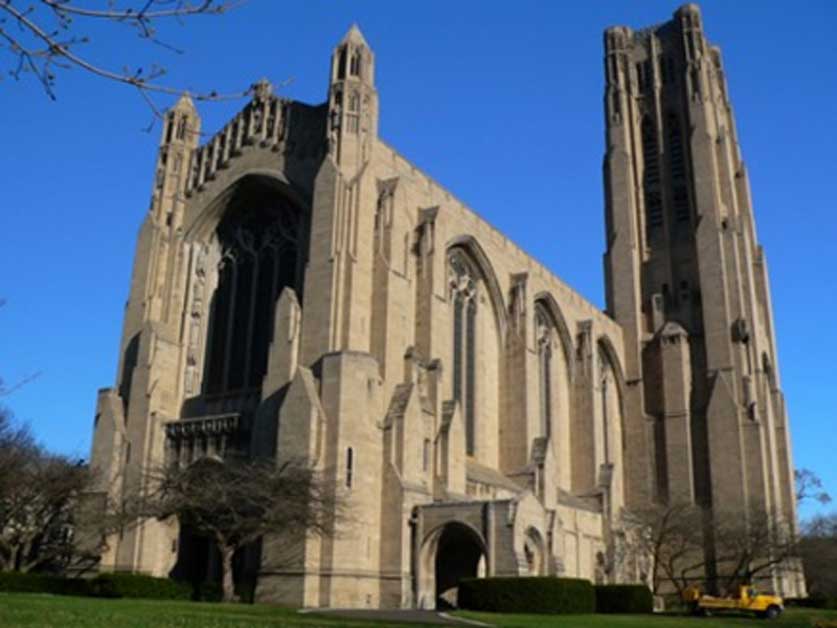
Does the Ancient Symbolism of the Los Angeles Public Library Hide a Luciferian Undertone?
To most people the Los Angeles Public Library is a functional city building providing books and reference material to the public. Online, however, the library has come under attack by a growing army of misguided New Age writers, who paint the library as a dark fixture within an elite, underground Masonic, Luciferian and or Illuminati agenda. In this article, historian Ashley Cowie will refute such claims by exploring the builders’ true ancient motivations, inspirations and aspirations, replacing misplaced panic with reason, logic and common sense.

Left: Lee Lawrie. Right: Bertram Grosvenor Goodhue. Together they designed several monumental buildings cross the USA, most famously the Rockefeller Memorial Chapel and the Los Angeles Public Library.
Conceptualizing and Designing the Library of Mysteries
The Los Angeles Public Library (LAPL), when it was built in 1926, was the largest publicly funded library construction program the world had ever seen. This powerhouse of American culture is a blend of 1930s and 1940s cement architecture with ancient Egyptian and Mediterranean revival styles and the entire building is blazoned with religious, philosophical and spiritual iconography and themes.
The American Society of Architectural Historians (SAH) website provides an overview of the socioeconomic steps that led to the building of the LAPL: “In 1921, the residents of Los Angeles approved $1.5 million in bonds for the construction of the library building. Following a limited architectural competition held later that same year, the Board of Directors selected Bertram Grosvenor Goodhue of New York City, in association with Carleton Monroe Winslow Sr. of Los Angeles, to design the building.”
Goodhue had previously built large scale governmental and military buildings, churches and private houses for politicians and wealthy landowners. Working closely with America’s foremost architectural sculptor, Lee Lawrie, Goodhue had already designed and built the Rockefeller Memorial Chapel of the University of Chicago having been commissioned by John D. Rockefeller, one of America’s most powerful men at that time.
Rockefeller Memorial Chapel at the University of Chicago is a great example of modern Collegiate Gothic architecture. At 200.7 feet (61 meters) high, the patron John D. Rockefeller intended it to be the: "central and dominant feature of the campus” and succeeded.

Rockefeller Chapel is a Gothic Revival chapel on the campus of the University of Chicago in Chicago, Illinois. (Public Domain).
Goodhue and Lawrie went on to build Nebraska’s State Capitol and it was after this pioneering architectural project that they introduced their new architectural style which was influenced by the English architect and theorist William R. Lethaby – whom: “Goodhue greatly admired in their 1919 design for the Nebraska State Capitol,” according to the SAH website.




